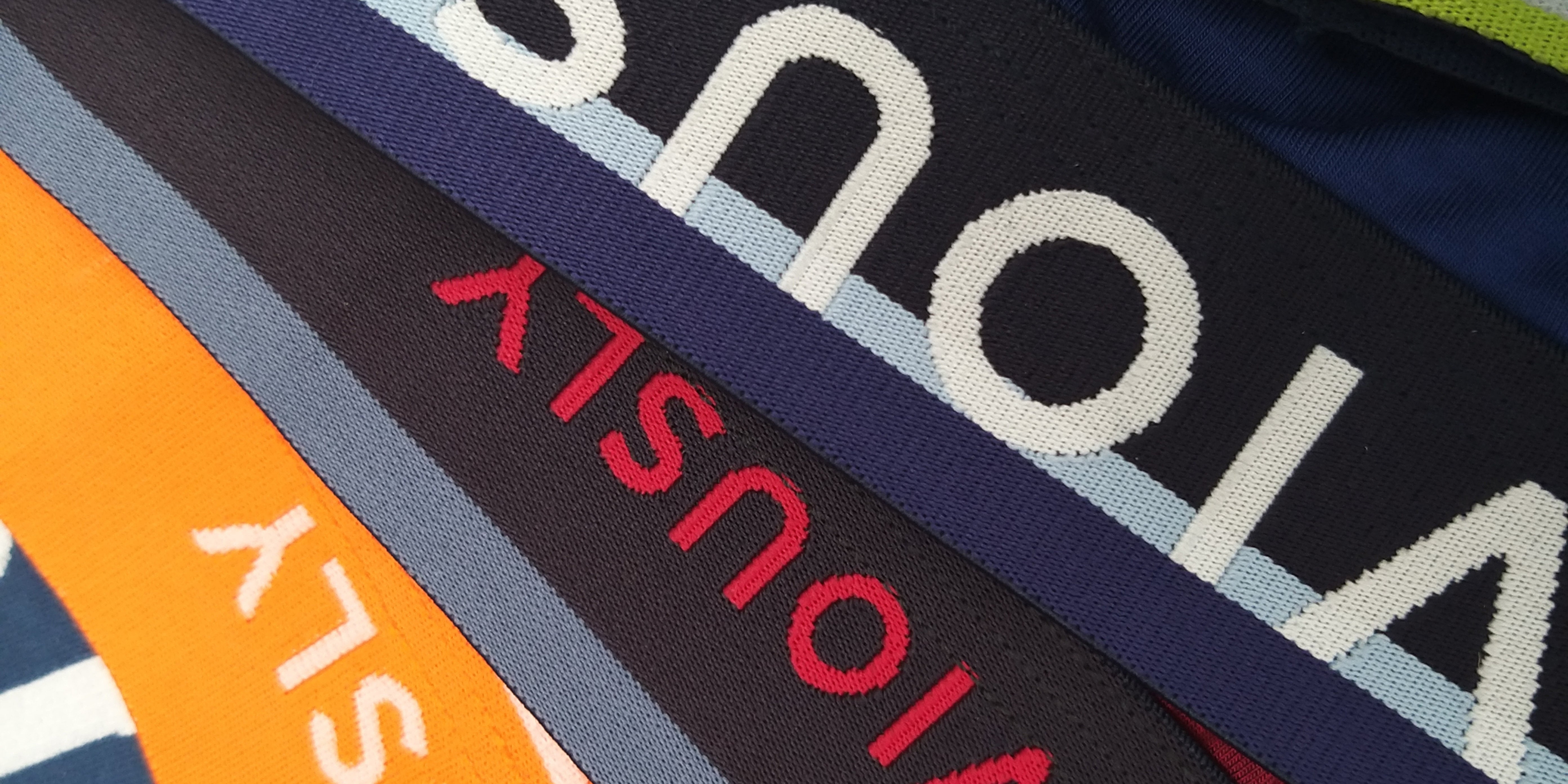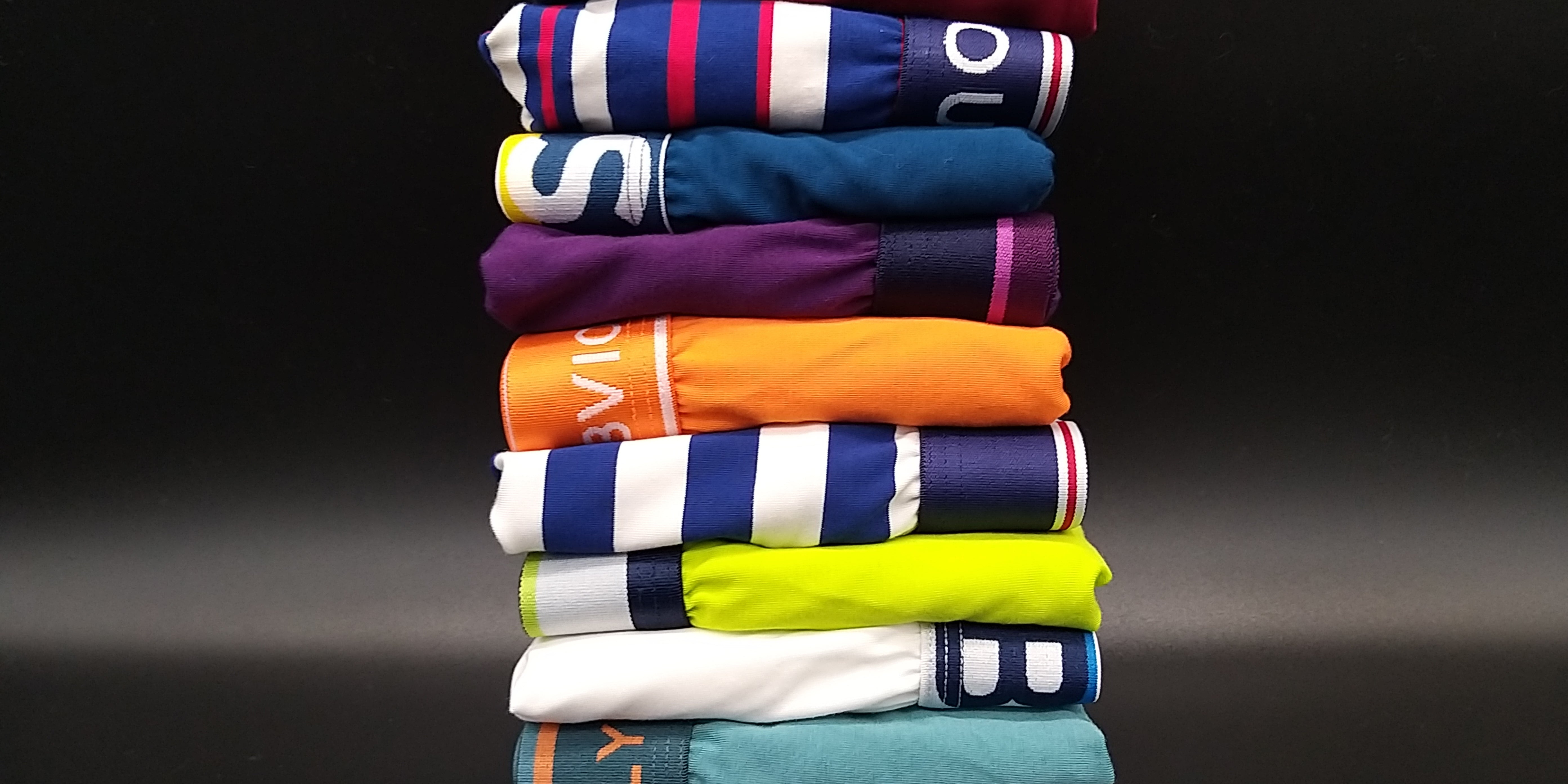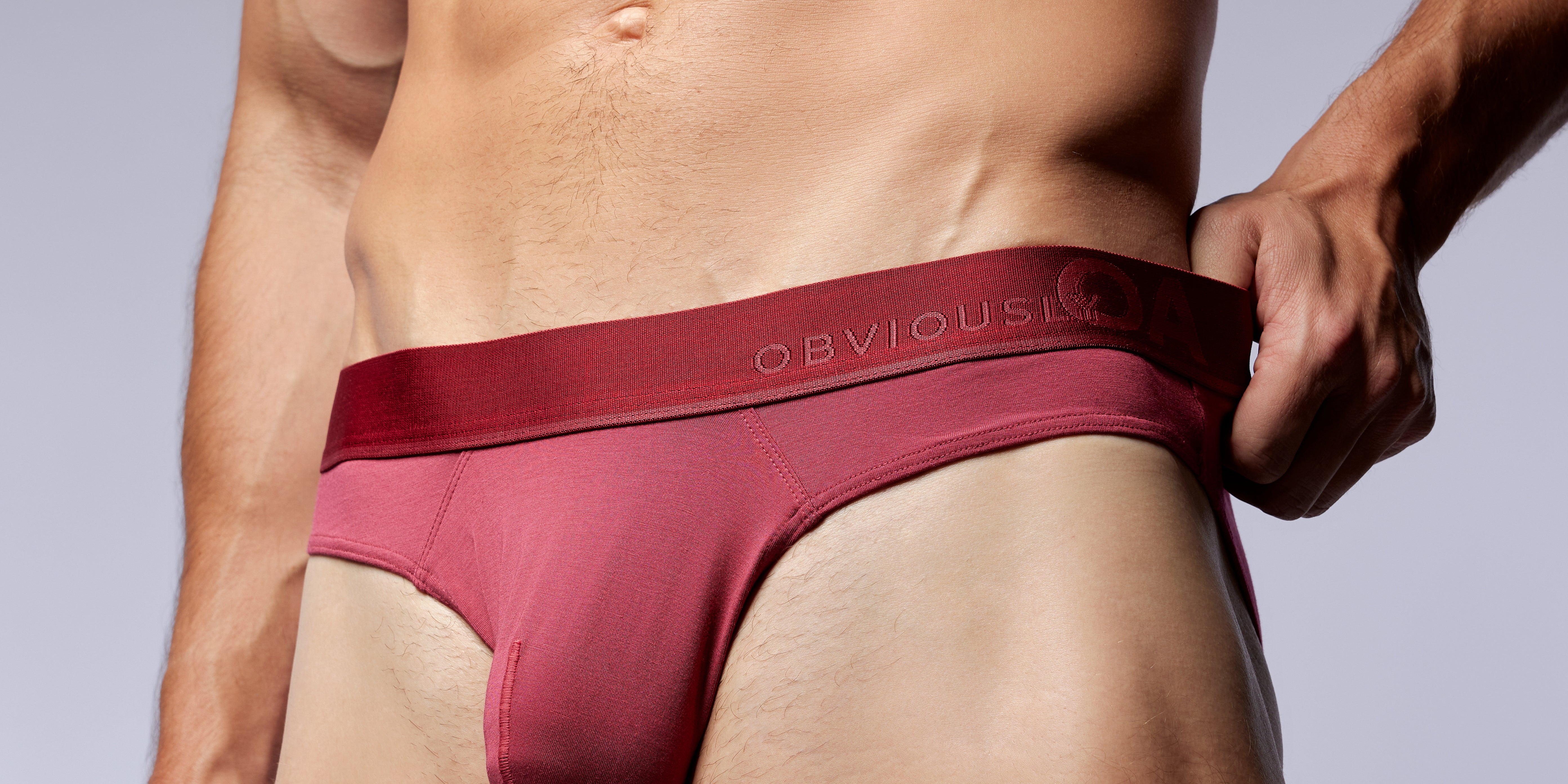
What To Wear Under Ski Pants: Comfort Picks
When hitting the slopes, comfort and functionality are paramount, especially when it comes to what to wear under ski pants. Whether you're a seasoned skier, a beginner finding your footing, or a snowboarder carving through fresh powder, the right base layers can make all the difference. This guide delves into the best options for ensuring warmth, flexibility, and comfort, so you can focus on enjoying your winter adventures to the fullest.
Importance Of Choosing The Right Base Layers For Skiing
Selecting the right base layers for skiing is crucial for ensuring both comfort and performance on the slopes. These foundational garments serve as the first line of defense against the cold, providing essential warmth and moisture-wicking capabilities to keep the body dry. Proper base layers help regulate body temperature, allowing skiers to stay warm without overheating, which is vital for maintaining energy and focus during long sessions. Additionally, well-chosen base layers offer the flexibility, compression, and freedom of movement necessary for navigating challenging terrains, making them indispensable for an enjoyable and successful skiing experience.
What To Wear Under Ski Pants?
Quality, Comfortable, Moisture-Wicking Underwear
Choosing the right underwear is the foundation of a comfortable skiing experience. Opt for high-quality, moisture-wicking materials such as bamboo, micromodal or synthetic fabrics designed to keep you dry and warm. These materials efficiently draw sweat away from the skin, preventing the discomfort and chill that can come from dampness due to inadequate insulation. Additionally, ensure the underwear provides a snug yet comfortable fit to avoid any chafing or irritation during movement. Prioritizing these features will set the stage for a day of skiing in comfort and confidence.
Base Layer Tops
Base layer tops are essential for maintaining core warmth and managing moisture. Look for tops made from materials like merino wool or high-performance synthetics that offer excellent thermal regulation and breathability. These tops should fit closely to the body without being restrictive, allowing for a full range of motion. Long sleeves with thumbholes can provide extra coverage and prevent the sleeves from riding up, ensuring consistent warmth throughout your skiing session.
Base Layer Bottoms
Base layer bottoms, often referred to as thermal leggings or long johns, are crucial for keeping your legs warm and dry. Similar to tops, these should be made from moisture-wicking and insulating materials. The fit should be snug but not too tight, allowing for flexibility and ease of movement. Look for features like flatlock seams to minimize chafing and discomfort, ensuring that you can focus on your performance rather than adjusting your gear.
Mid-Layers for Added Warmth
For particularly cold days, adding a mid-layer between your base layer and ski pants can provide extra insulation. Fleece jackets or lightweight down vests are excellent choices, offering additional warmth without adding bulk. These layers should be easy to remove and pack away if temperatures rise, allowing you to adapt to changing conditions on the slopes. The key is to layer strategically, maintaining warmth while ensuring breathability and mobility.
Socks Designed for Skiing
Socks are often overlooked but play a vital role in overall comfort. Choose ski-specific socks made from materials like merino wool or synthetic blends that offer cushioning, moisture management, and warmth. These socks should fit well without being too tight, providing support and preventing blisters. Avoid cotton socks, as they retain moisture and can lead to cold, uncomfortable feet. Investing in quality ski socks can significantly enhance your skiing experience.

Is It Better To Wear 3 Inch or 6 Inch Length Underwear Inder Ski Pants?
When deciding between 3-inch or 6-inch length long underwear to wear under ski pants, the 6-inch option generally offers better performance and comfort for skiing. The longer length provides additional coverage and warmth, which is particularly beneficial in cold conditions. It also helps prevent chafing and ensures that the underwear stays in place during vigorous activity, reducing the need for adjustments. The extended length can also create a smoother transition between the base layer bottoms and the underwear, enhancing overall comfort and reducing the risk of exposed skin. Therefore, 6-inch length underwear is typically the more practical and comfortable choice for skiing.
Are Ski Pants and Snow Pants The Same?
While ski pants and snow pants are often used interchangeably, they are designed with different activities in mind and have distinct features. Ski pants are specifically tailored for skiing, offering a slimmer fit to reduce wind resistance and enhance mobility. They typically include features like articulated knees for better movement, reinforced cuffs to withstand ski edges, and ventilation zippers for temperature regulation. Snow pants, on the other hand, are more versatile and designed for general winter activities, including snowboarding, sledding, and casual snow play. They tend to have a looser fit to accommodate a broader range of movements and may include additional insulation for warmth. Both types of pants are waterproof and insulated, but the specific design elements cater to the unique demands of their respective activities.
Are Ski Pants Supposed To Be Baggy At The Bottom?
Ski pants are not necessarily supposed to be baggy at the bottom, but they often feature a slightly looser fit around the ankles to accommodate ski boots and allow for ease of movement. This design helps to ensure that the pants can be comfortably worn over bulky ski boots without restricting mobility or causing discomfort. The slight bagginess also aids in layering, providing enough room for base layers and ensuring that the pants do not ride up during skiing. However, the overall fit should still be streamlined enough to minimize wind resistance and prevent excess fabric from catching on equipment or snow.
Should Fleece Pants Be Worn Under Ski Pants?
Fleece pants can be worn under ski pants, but their suitability depends on the weather conditions and personal comfort preferences. Fleece is an excellent insulator, providing additional warmth on extremely cold days. However, fleece pants can be bulky and may restrict movement if not paired with appropriately sized ski pants. For most skiers, a high-quality base layer made from moisture-wicking materials like merino wool or synthetic fabrics is sufficient to keep warm and dry. If extra insulation is needed, consider lightweight fleece leggings or a mid-layer that offers warmth without adding excessive bulk. Ultimately, the decision to wear fleece pants should be based on the temperature, your activity level, and how well your ski pants accommodate additional layers.
Tips For Ski Pants Undergarments
- Choose Moisture-Wicking Fabrics: Opt for materials like bamboo, micromodal, high-performance polyester, or synthetic materials that effectively wick moisture away from the skin, keeping you dry and warm.
- Prioritize Comfort and Fit: Ensure that your undergarments fit snugly without being too tight, preventing chafing and allowing for a full range of motion.
- Layer Strategically: Use base layers that provide insulation and breathability, and consider adding mid-layers for extra warmth on particularly cold days.
- Avoid Cotton: Steer clear of cotton undergarments, as they retain moisture and can lead to discomfort and coldness.
- Invest in Quality: High-quality undergarments may come with a higher price tag, but they offer better performance, durability, and comfort, making them a worthwhile investment for any skier.
Conclusion
Choosing the right layers to wear under ski pants is essential for maximizing comfort, warmth, and performance on the slopes. From selecting high-quality, moisture-wicking underwear to deciding on the appropriate base and mid-layers, each component plays a crucial role in ensuring an enjoyable skiing experience. Whether you're a seasoned skier, a beginner, or a snowboarder, understanding the importance of proper layering can make all the difference in your winter adventures. By prioritizing materials that offer insulation, breathability, and flexibility, you can stay focused on the thrill of the sport, confident that your gear will keep you comfortable and protected against the elements.
Final Thoughts
Say farewell to discomfort and welcome the unrivaled comfort of Obviously Apparel. Our diverse range of styles, including boxer briefs, jockstraps, and trunks, guarantees a flawless fit that caters to your unique preferences. With a commitment to meticulous design and premium materials, Obviously Apparel places your comfort and satisfaction at the forefront. Elevate your underwear collection and indulge in the luxurious experience of Obviously Apparel today.
Sources




